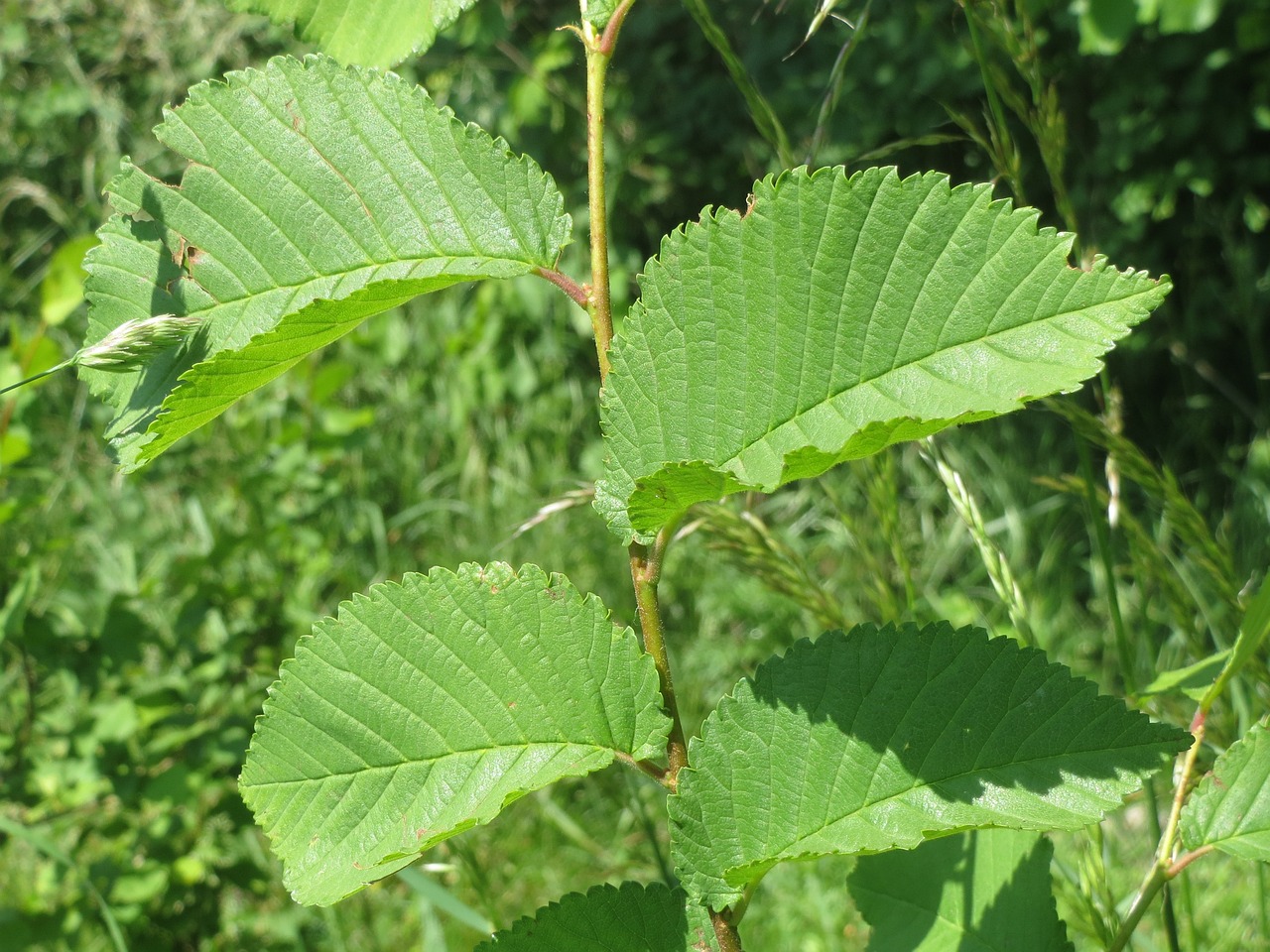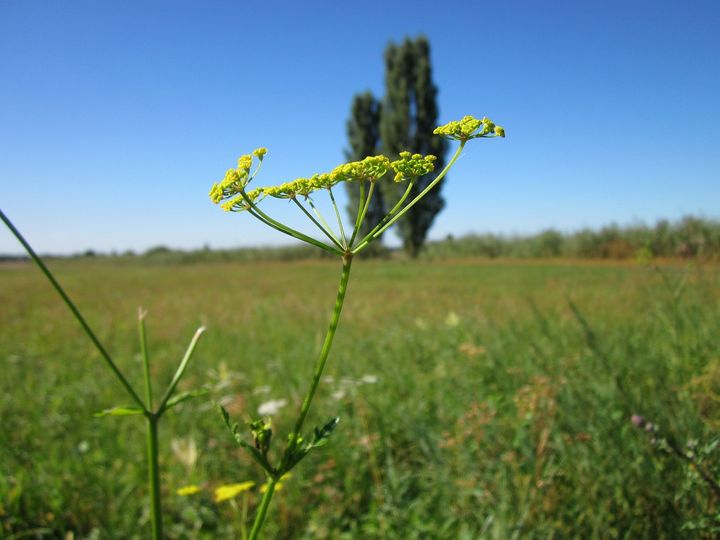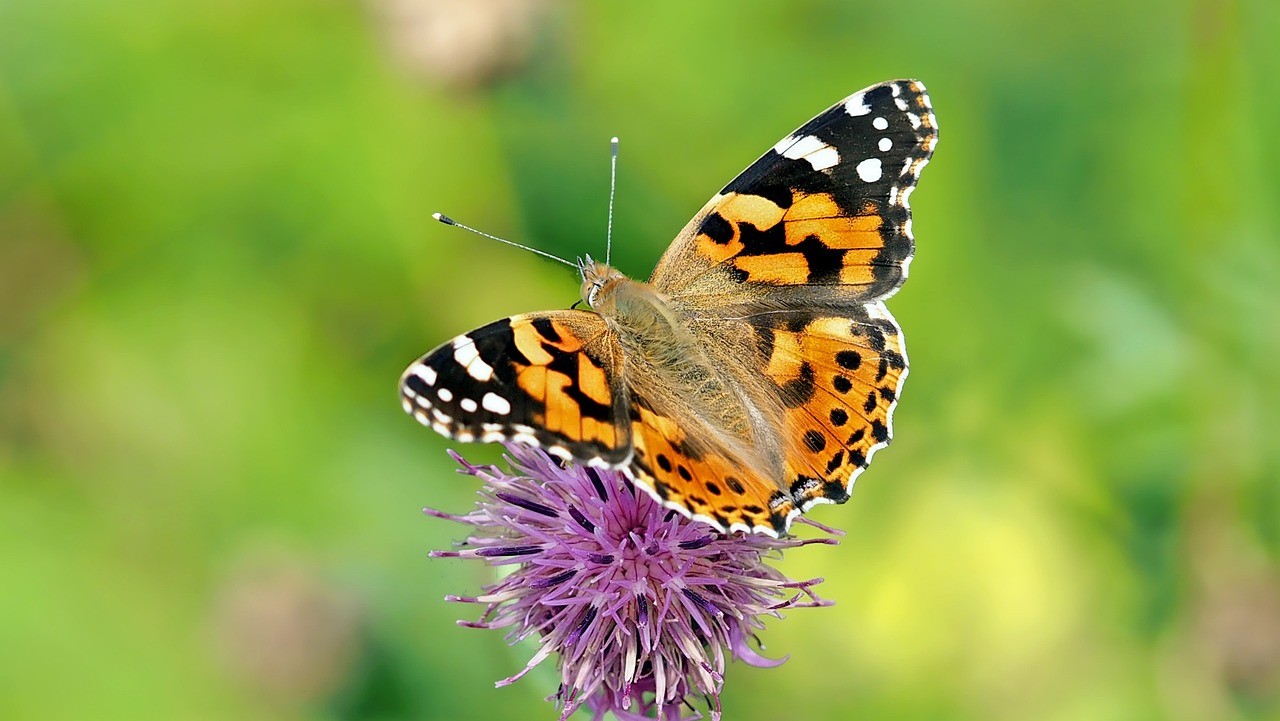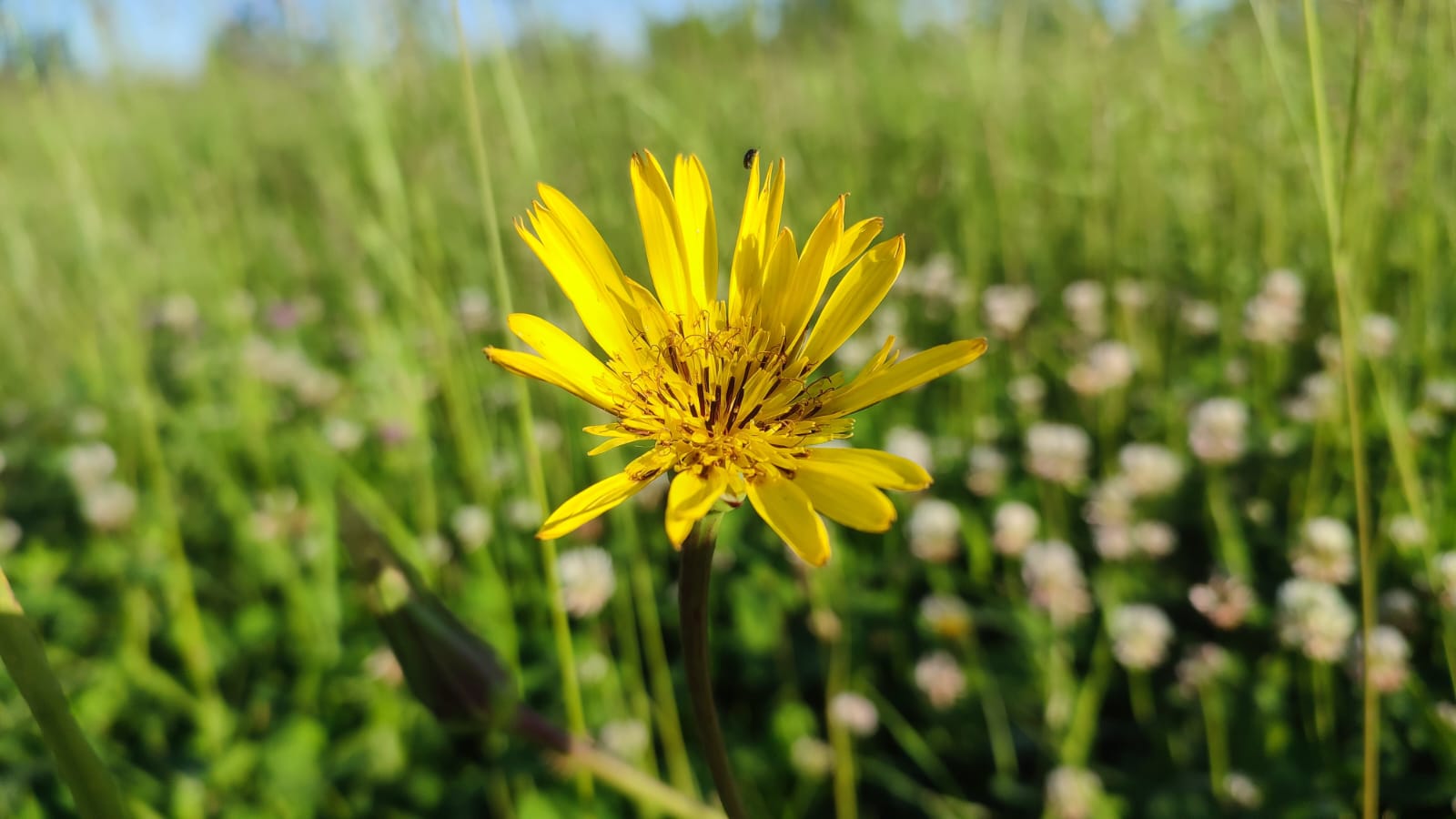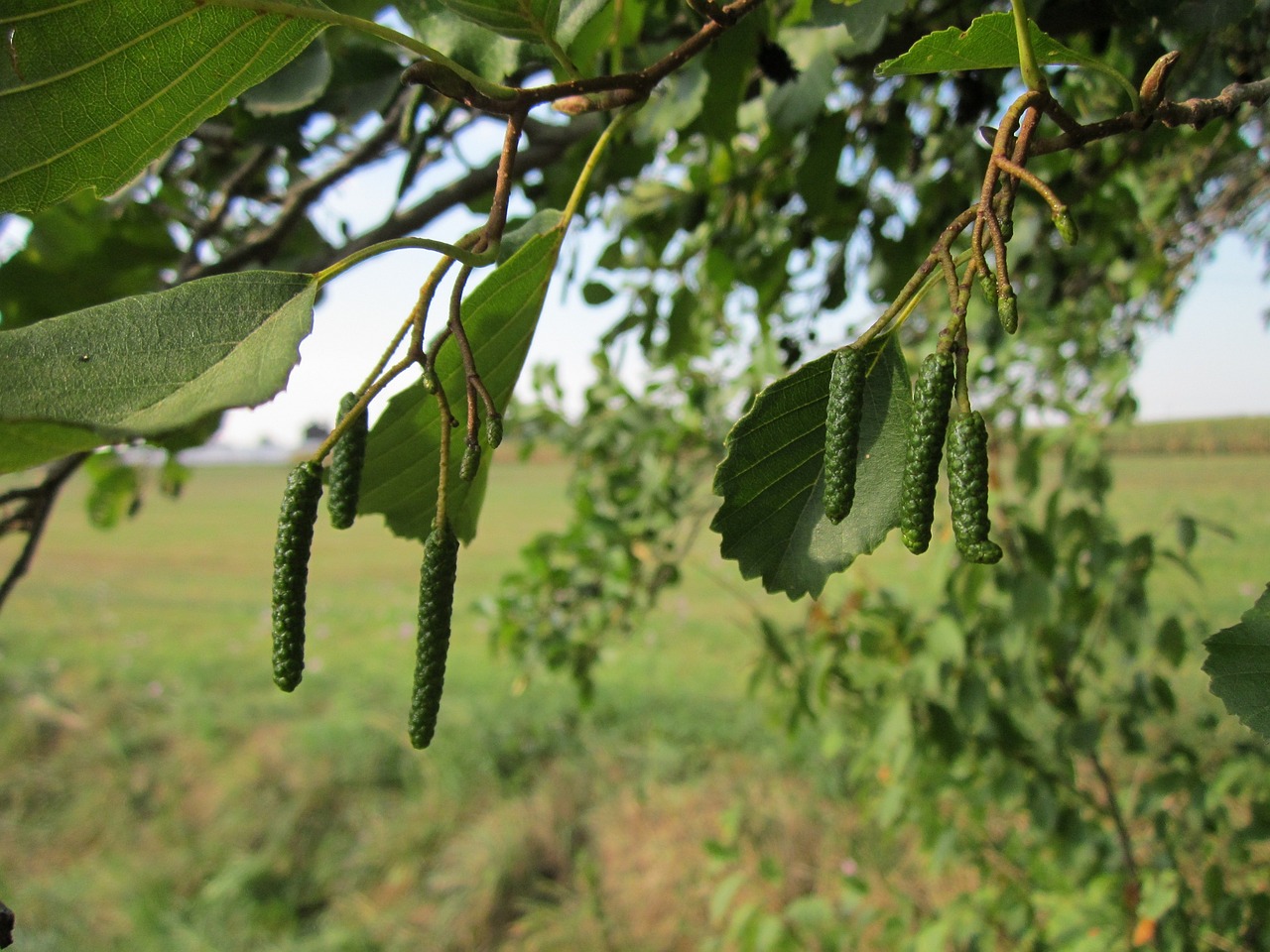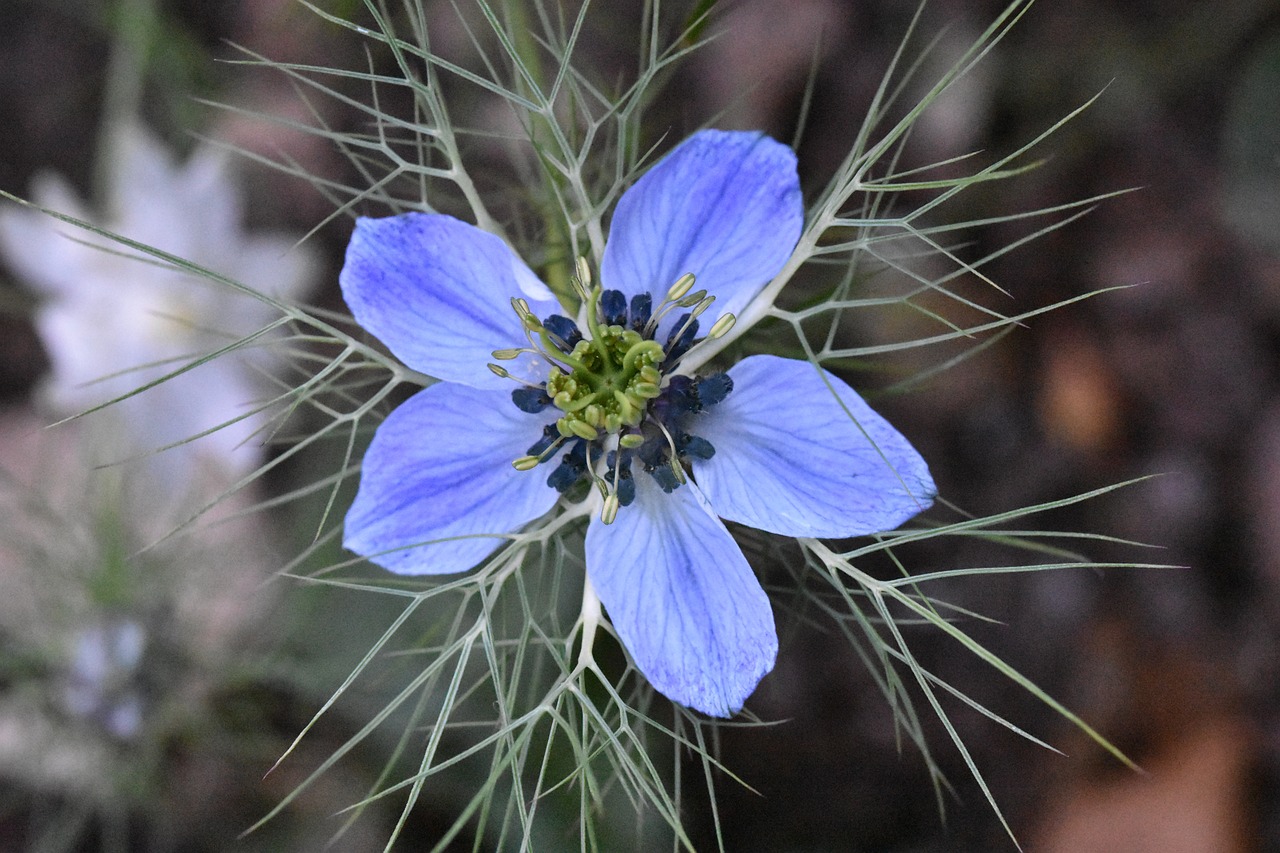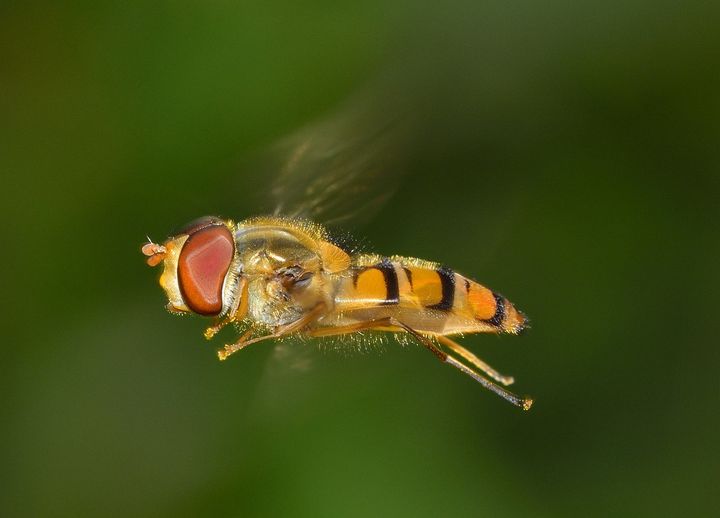Field elm
lifepollinaction2023-05-30T16:12:54+02:00The tree of dreams The field elm (Ulmus minor) is a tree that can reach more than 30 meters in height, with a beautiful dome-shaped crown. A serious disease called graphiosis, which arrived in Europe from Asia around 1920 and spread by some beetles, has almost totally destroyed the adult plants throughout Europe. It lives in woods and hedges on fresh or periodically submerged soils. One of the characteristics of elms is to possess leaves with an asymmetrical base. The flowers appear in March-April, before the leaves, and are made up of small bundles of red stamens. The fruits consist [...]


